Description
Why Skipping Non-Standard Units is a Mistake
- Builds Conceptual Understanding: Kids learn that measurement is comparing an object to a unit.
- Makes Math Tangible: They see and feel math with their own hands.
- Develops Spatial Reasoning: Practice estimating, comparing, and visualizing size and length.
- Teaches the “Why” Behind Standard Units: Understanding that different units give different numbers sets up standard measurement.
What’s Inside This Hands-On Measurement Lab?
A journey guiding kids through the basics of measurement.
Part 1: Explorer’s Toolkit – Choose Your Unit!
- Measure with different units: counting bears, paper clips, even their own hands.
- Shows that the chosen unit affects the measurement result.
Part 2: Investigation – Measure & Compare
- Same Unit, Different Objects: Compare pencil vs. crayon with paper clips.
- Same Object, Different Units: Measure pencil with counting bears vs. paper clips to see the difference.
Part 3: Challenge – Fix the Mistakes!
- Identify errors and explain how to fix them, building precision and critical thinking.
Part 4: Be the Architect – Draw & Measure
- Draw an object with a specified length in units (e.g., “5 cubes long”).
- Reverses the process to demonstrate understanding of unit and length.
3 Tips to Turn Your Home into a Measurement Lab
- Get Creative with Units: Measure everyday items—pillows, spoons, pets—to reinforce learning.
- Embrace the Messy Middle: Mistakes are fine; learning happens through trial and error.
- Focus on the Language: Use words like longer than, shorter than, wider, taller, estimate, measure, unit.
This worksheet turns abstract ideas into concrete understanding—the perfect start to raising a confident, math-loving kid.
Call to Action:
Click ‘Add to Cart’ to get instant access to our Non-Standard Measurement Worksheet. Download and print your hands-on learning guide today!
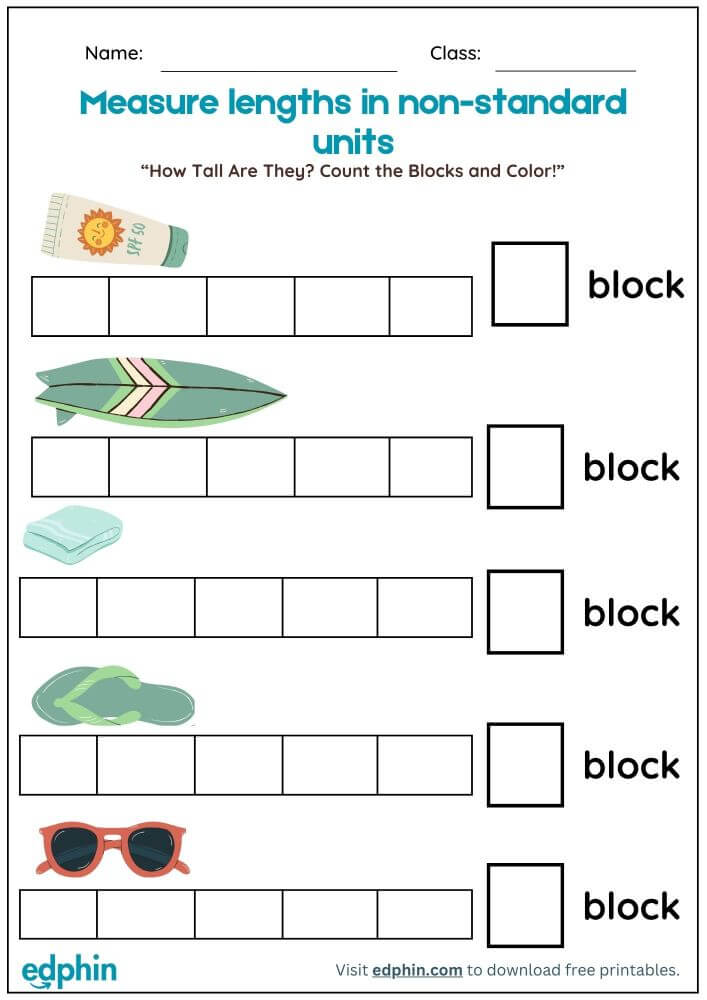
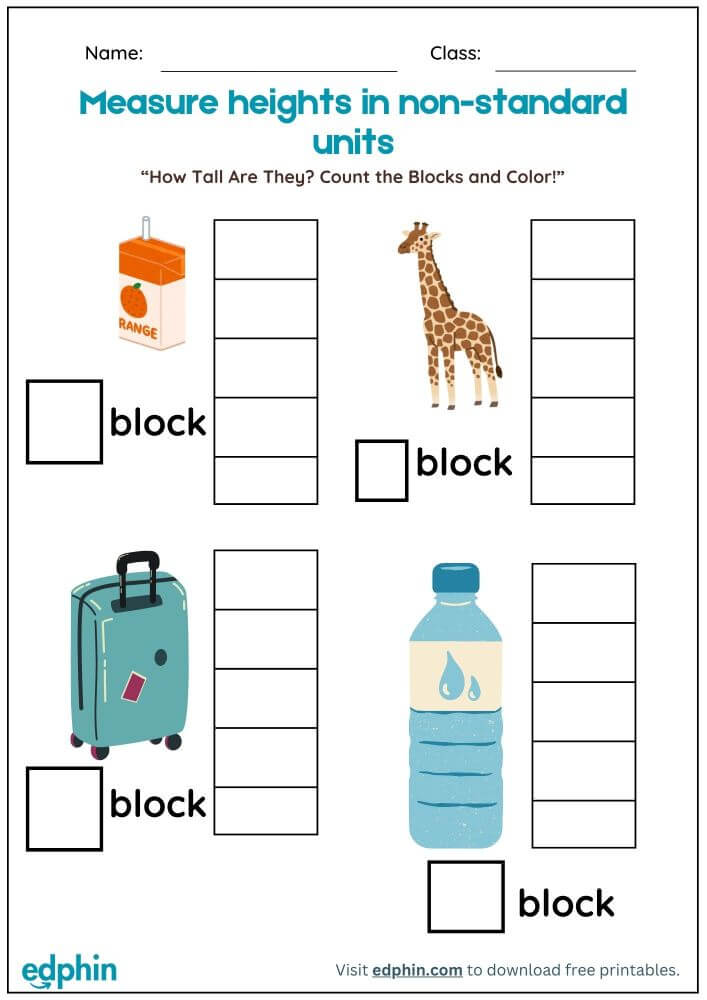

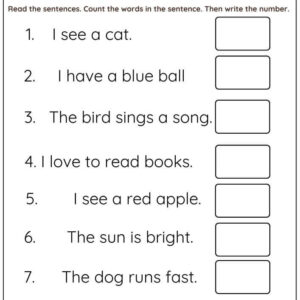
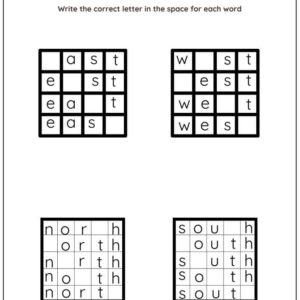
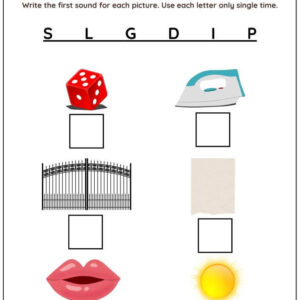
Reviews
There are no reviews yet.